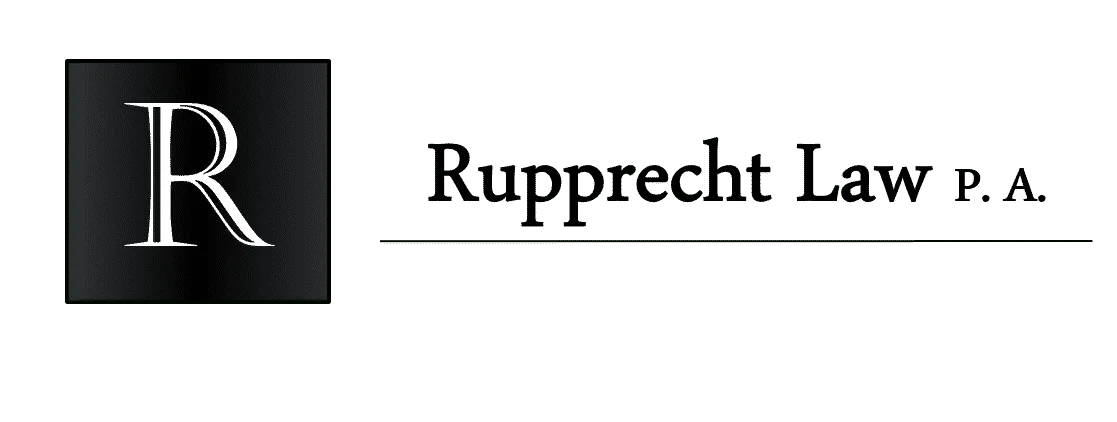|
Getting your Trinity Audio player ready...
|
Many exemptions prohibit the flight instruction of non-employees. This is a mega problem for many in the drone industry.
I believe I have a solution!
I’m filing petitions for exemption so my clients can provide their customers/students with flight experience.
What is the whole big deal with the FAA on this?
The term flight instruction has a very specific regulatory meaning in the regulations. By saying you want flight instruction, it breaks their brains. On top of that, there are different offices in the FAA that have different views, and they have not all made up their minds on how to handle this.
At the end of the day, it doesn’t matter what we call this. Just don’t call it flight instruction. Flight instruction means you have a certified flight instructor training a person to obtain a Part 61 pilot certificate. However, all of the students/customers are using Part 107 remote pilot certificates to fly.
We should call it facilitating flight experience. The customer wants to learn how to fly. They want knowledge and skill. Facilitating the flight experience is how you give it to them.
Wait? Why do I need this? Why can’t I use my already existing exemption?
First off, this is only for 55+ ops. If you can do the ops under Part 107, go for it. You don’t need an exemption. 55+ ops need exemptions, and that’s where all of this comes from.
- Less restrictions. This exemption has fewer restrictions than the current aerial data collection exemptions and the agricultural aircraft operations exemptions.
- Your current exemption MIGHT, at least according to some in the FAA, not allow for flight experience facilitation. There is a potential regulatory risk in trying to do something that is NOT explicitly stated in the exemption granting. The safest option is to have approval saying you can do exactly what you want to do.
Costs/Requirements:
Flat fee of $1,500
Must sign an NDA and a document saying they have not worked with or paid any other exemption preparation consultant, or done exemption preparation in-house, in the last 6 months. Also, must sign a statement they have not provided exemption filing services internally or through, a DIY service to anyone. I am willing to make exceptions to this on a case-by-case basis.
Deliverables:
- One petition
- One operation manual
- One training manual
Time:
After filing, I’m expecting a wait of 90-120 calendar days. There is a possibility it could go longer. I intentionally designed things so it would go through quickly.
What are some reasons why it could go longer?
I have two reasons:
First reason: One of the exemptions I’m using to model off did NOT include the 2 extra regulations I’m asking for. However, the FAA has granted exemptions from those regulations before. You do NOT need a Part 137 operating certificate or have to comply with Part 137.
The second reason is the original exemption was make/model specific but I’m asking for all aircraft on the FAA-2023-1271 list and not make and model specific.
Why do you think this will work?
I’ve had multiple phone calls with the FAA regarding solving this issue.
What are the downsides? Are there any gotchas?
This is only for 55 pound and heavier ops being done under Part 91. Note that you COULD fly a spray drone under it, but you won’t be spraying anything from it.
The RPIC will still need a 3rd class medical certificate. The student does not need anything.
There are still large buffer zones.
It does not allow night or swarm flying. It’s single drone daylight only.
I want to fly with a driver’s license, at night, while swarming, and with reduced buffer zones. What about me?
I’m working on that. :) I have already started drafting this one. That one won’t be granted most likely for 12-18 months. I wanted to file these near-term exemptions and file long-term exemptions soon.
I want to do both! What should I do?
Email me.
HOW TO GET STARTED———————————————
I need you to sign the contract and I need to be paid. Only after both have been accomplished by you, will I start processing the paperwork.
- PROVIDE PAYMENT
- Mail a check for the appropriate amount to Rupprecht Law 601 Heritage Drive, 482, Jupiter, FL 33458.
- Zelle. My QR Code is here. My email (” [email protected] “) is the email associated with my Zelle.
- Bitcoin -If you want to do this, email me.
- Credit Cards on Paypal (it accepts credit cards and you do NOT need to set up a Paypal account). If you go through the Paypal checkout, it will send a payment confirmation to your email you can use for business expense purposes. Here is the link for this option. https://www.paypal.com/ncp/payment/U4SCU7X6JESXA
- FILL OUT THE CONTRACT
Click the link and fill it out. It asks for all of the information I need to know to start the process. If I have questions, I’ll contact you. https://sign.rsign.org//SignDocument/StaticTemplate?uBsWi6e3zUux25btGQd%2byR3IfWUfjhw39f4BaVl7Yy4j3w00zZhuLtJ51oNGxhf3





Aviation Attorney. FAA Certificated Commercial Pilot and Flight Instructor (CFI/CFII). Contributor at Forbes.com for Aerospace and Defense.